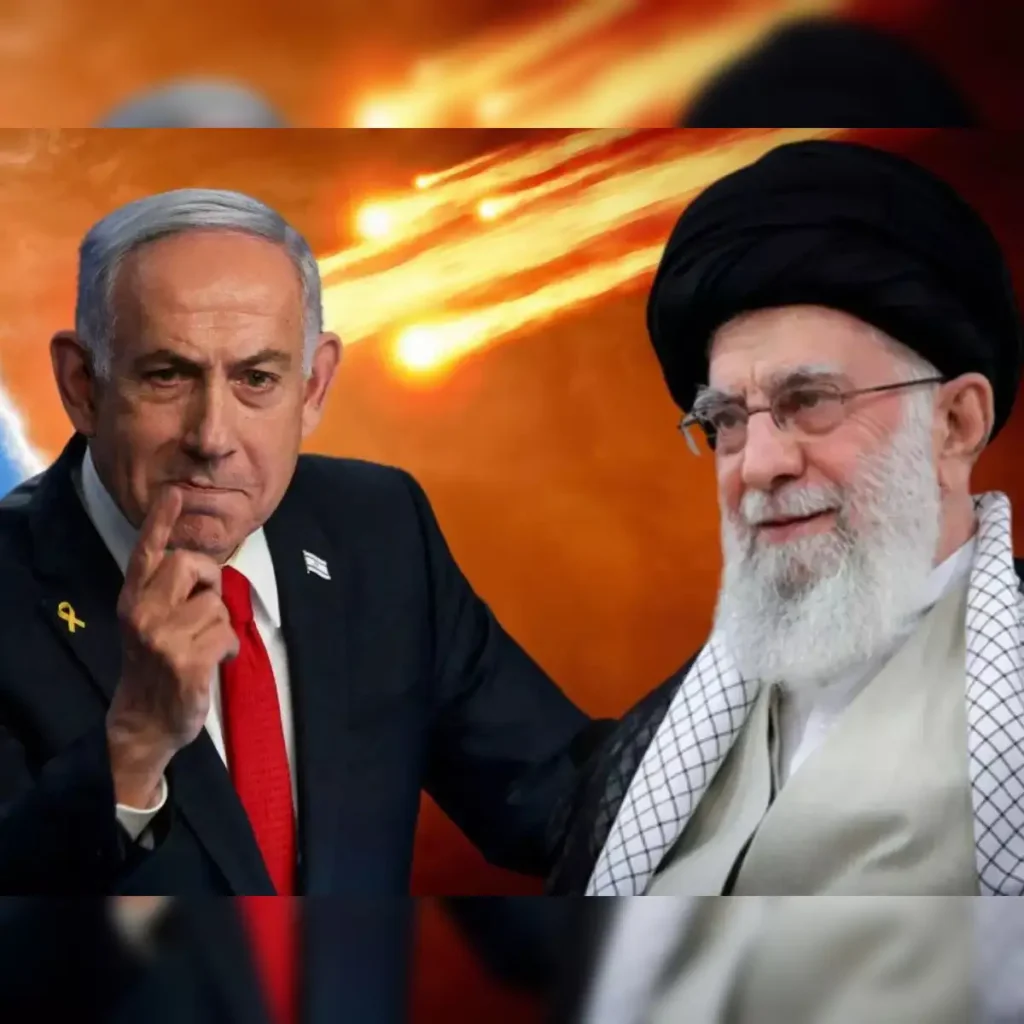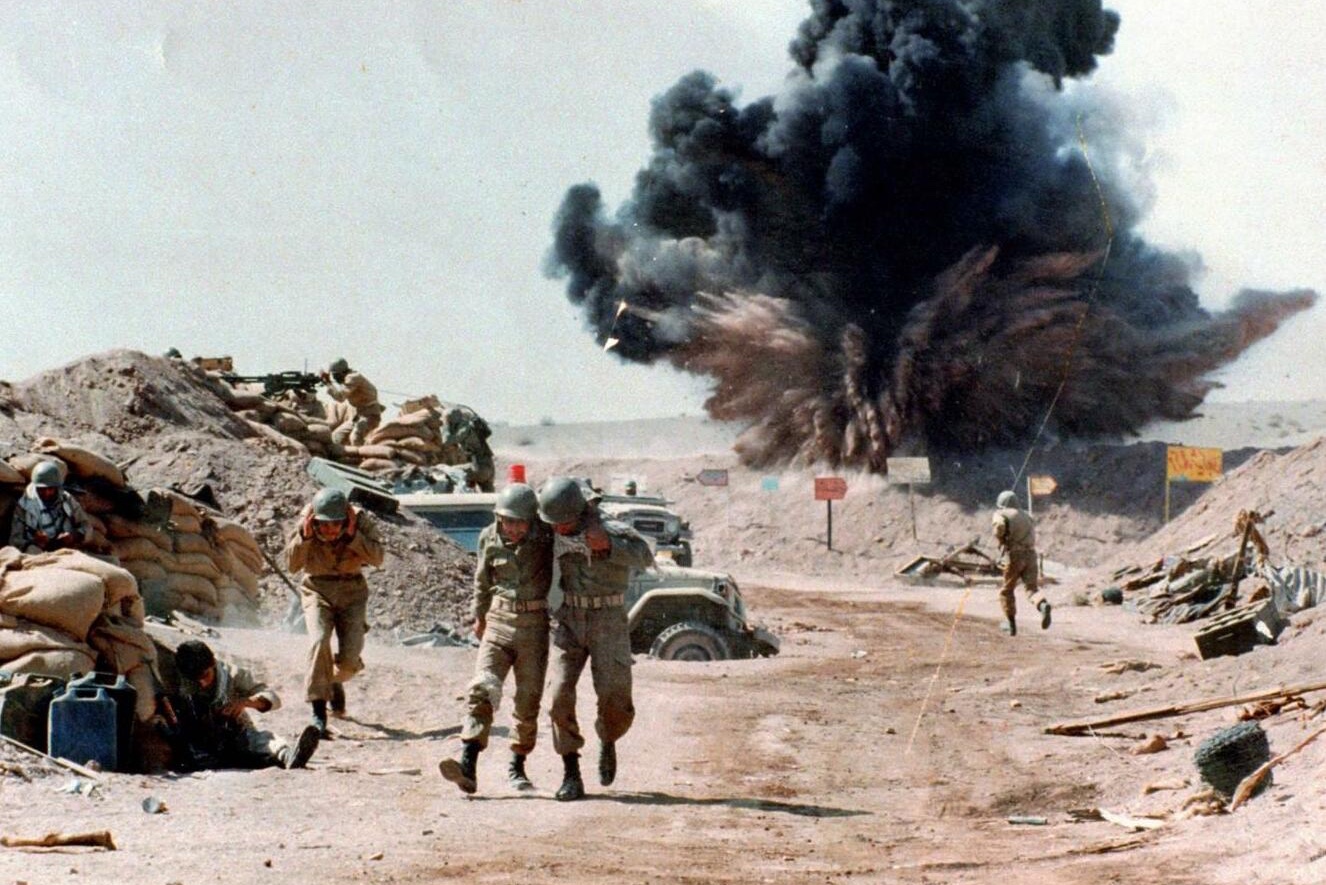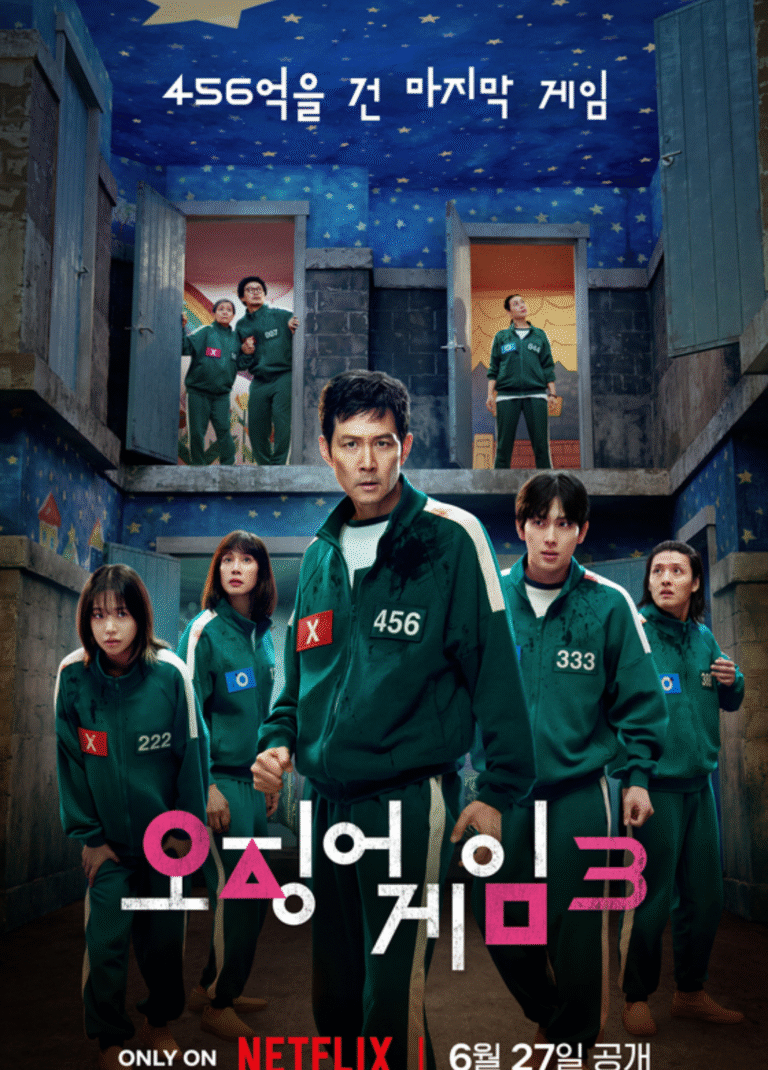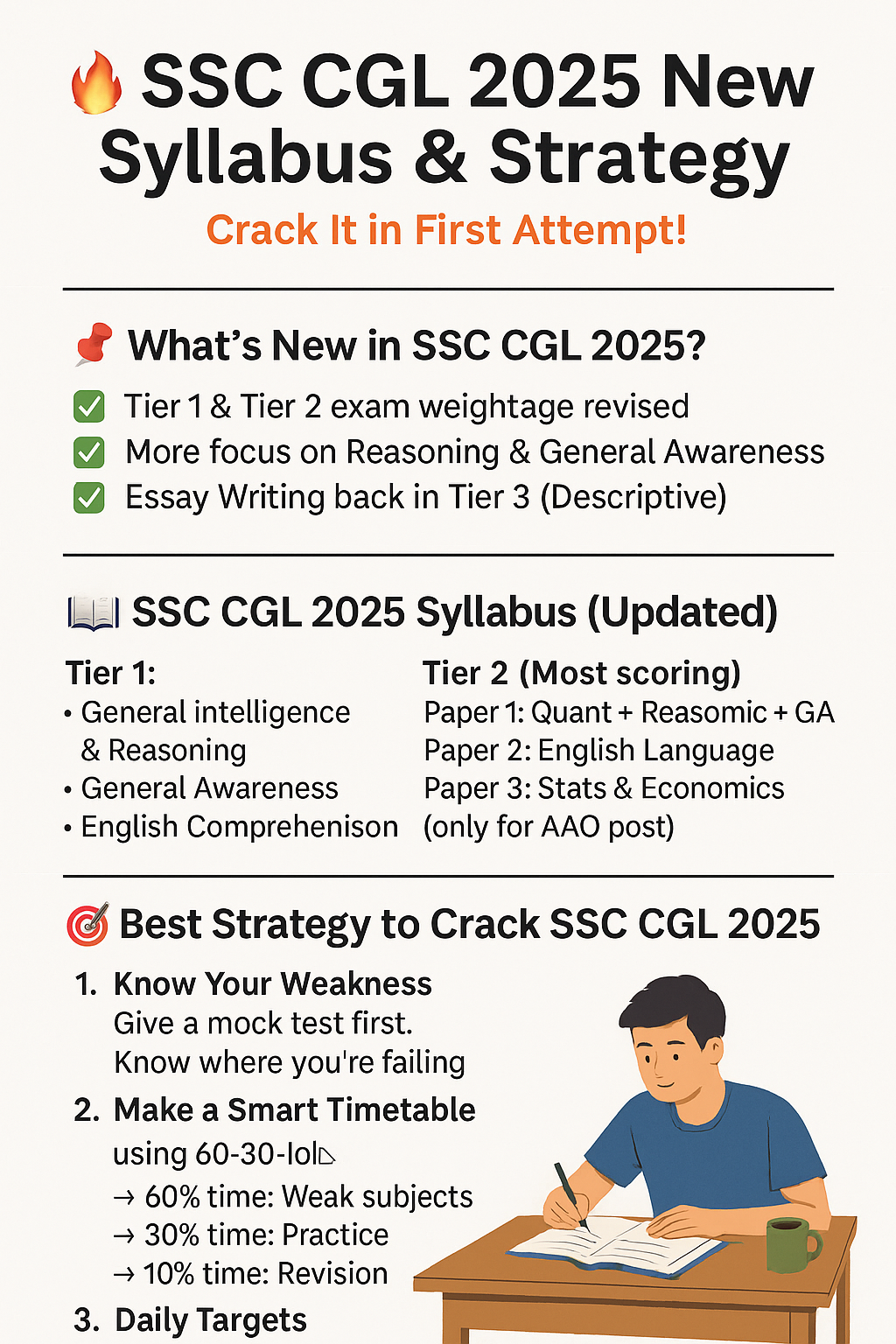
- Here are the latest major developments regarding Iran as of today, June 22, 2025:
The United States launched strikes on three Iranian nuclear facilities—Fordow, Natanz, and Isfahan—in coordination with Israeli air operations .
President Trump described the strikes as a “spectacular military success,” warning Iran it must choose “peace or tragedy” .
Iran condemned the strikes as illegal, vowed “everlasting consequences,” and reserved “all options” in retaliation .
European nations and the UN are calling for restraint, with EU diplomats in Geneva urging Iran to negotiate .
The Organisation of Islamic Cooperation is expected to press for a ceasefire during its Istanbul summit .
In addition to the military escalation, Iran faced a week-long nationwide internet blackout starting mid-June—seen as both a control tactic and a response to cyberattack
Title: Iran at the Brink: Strikes, Silence, and the Human Pr
Introduction
Early this June, as global attention remained fixed on Gaza and Ukraine, a sudden—and staggering—escalation occurred in the Middle East. For eight days, Israel and Iran have traded missile strikes, but it was on June 21–22 that the conflict crossed a critical threshold: the United States joined airstrikes on Iranian nuclear sites, hitting Fordow, Natanz, and Isfahan. This moment signifies more than a military escalation—it threatens to redefine geopolitics, test global diplomacy, and amplify Iranian society’s internal fractures.


I. The Thunder of War: U.S.–Israel Strikes
On June 21, U.S. B-2 stealth bombers and subs launched bunker-buster bombs and Tomahawk missiles into Iran’s deeply buried nuclear complexes . In a national address, President Trump declared it “a spectacular military success,” adding ominously that Iran must now embrace peace—or face further devastation .
Iran, for its part, decried the attacks as unjustified, unlawful, and destined to provoke “everlasting consequences”—pledging that Tehran “reserves all options” .
II. Diplomatic Fault Lines Widen
The American campaign, carried out without a UN mandate or congressional approval, has drawn warnings from global powers. The UN’s IAEA watchdog confirmed no radiation leaks so far, but its director and major European capitals have stressed the necessity for restraint and diplomacy .
Meanwhile, at the Geneva talks, Iranian Foreign Minister Abbas Araghchi rejected U.S. engagement until “Israeli aggression” stops. The OIC summit in Istanbul (51st session) is expected to call for an immediate cease-fire .
III. A Nation Under Digital Siege
Amid the military storms, a quieter—but equally disruptive—tactic swept Iran: a nationwide internet shutdown, dropping connectivity by over 97% since June 17 . Analysts note the SNSC’s strategy reflects fear—of cyberattacks, of protests, of losing control. For millions, this meant sudden isolation: blocked messaging platforms, unreachable family abroad, halted businesses, and stifled dissent.
In today’s war, silence became as powerful as bombs—and Iran regained it at great cost.
IV. Tensions at Home: Economic and Civil Unrest
Iran’s domestic situation was already volatile. Its economy, battered since 2024, faces rampant inflation (above 40%), widespread poverty, and unemployment—prompting nationwide strikes throughout May and June . Farmers, nurses, transport workers, and truckers walked out, demanding economic relief amid surging hardship. When nuclear silos become targets and digital lifelines are severed, daily life becomes unmanageable.
Adding symbolic friction, subtle protests—like painting green over “No Entry” signs—have gained traction in Tehran, Karaj, and Hamadan, echoing the defiance of 1979 and earlier movements .
V. Strategic Realignment: Weapons & Alliances
Tehran has responded to external threats by doubling down on domestic capabilities. Just last month, on May 4, Iran unveiled the Qassem Bassir medium-range ballistic missile—a signal of resilience and deterrence . Militarily and politically, Iran has also deepened tactical ties—signing a 20-year strategic partnership with Russia in January 2025, spanning defense and economic cooperation .
VI. Possible Fallout & Forecast
Retaliation? Iran has threatened reprisals—potentially via asymmetric cyberattacks, proxy strikes across the region, or closing the Strait of Hormuz—threatening global oil markets .
Diplomacy vs. War? While U.S. voices in Congress urge restraint and call for authorization, diplomacy remains elusive. Iran refuses talks until cease-fire conditions are met. Europe mediates—though their leverage is waning .
Internal fracturing? Domestic unrest—economic collapse, digital suppression, civil disobedience—could undermine the regime’s narrative of unity, leading to unpredictable societal fracture .
VII. The Human Face: Stories Amid the Storm
Imagine families cut off—relatives abroad unable to reach loved ones. Entrepreneurs losing their online livelihoods overnight. Nurses striking not just for better pay, but out of weariness under shifting crises. Citizens painting green lines on street signs as faint beacons of hope. All this during an external assault on the country’s strategic heart.
The human cost—frayed communication, uncertainty, fear—is the often unseen collateral in modern warfare.
VIII. A Turning Point or Prelude?
We stand at a crossroads. If diplomacy prevails, global pressure via OIC, UN, and European intermediaries may open space for talks. But with bombs above, firewalls below, and economies cracking, Iran may double down—seeking self-reliance, retaliation, and technological blockade.
That path threatens more casualties, destabilized oil prices, regional instability, and an expanded war fron
Conclusion: Why It Matters
The events of June 2025 mark more than another Middle East flare-up—they symbolize a new phase of modern conflict. Strategic bombing, cyber-silencing, economic collapse, internal dissent—all converge into a high-tech, high-stakes pressure cooker.
For readers: this matters not just geopolitically but personally. What if communications cease next week? What if food and medicine disappear amid economic collapse? What if escalations spill into your family’s horizon?
At this moment, the spotlight on Iran is global—unnerving, complex, and deeply human.
Call to Action:
Stay informed.
Support humanitarian efforts on the ground.
Advocate for diplomatic solutions and communication flow.
In times of crisis, human stories endure—through connection, resilience, and the faint hope of peace.





